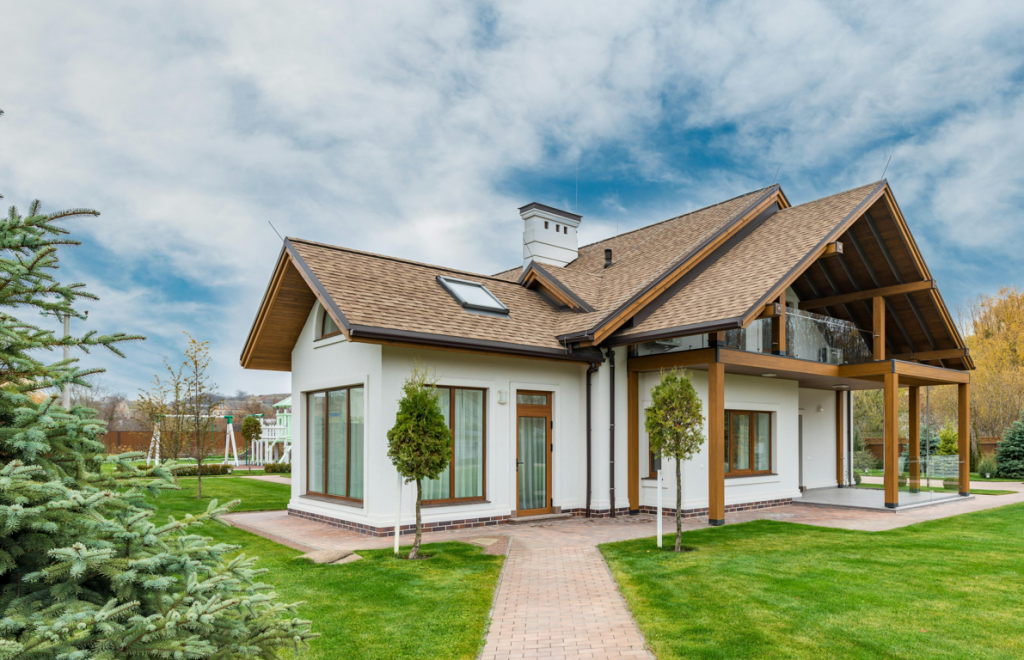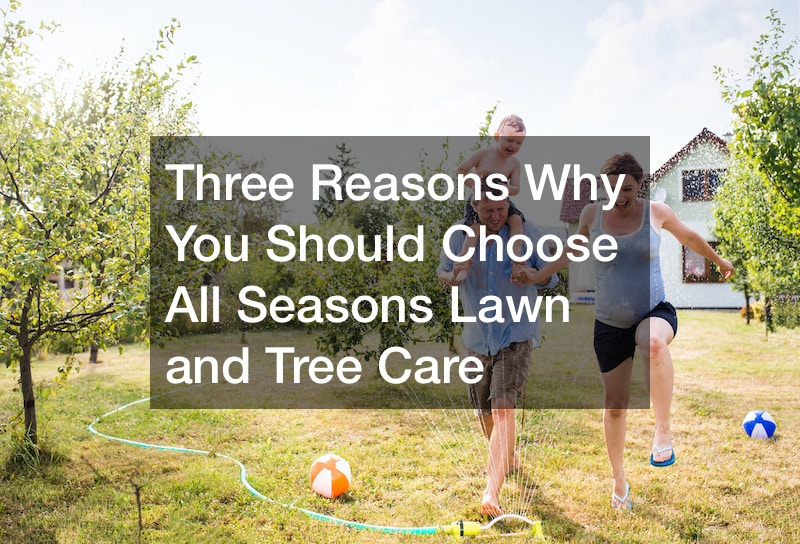
When it comes to landscaping around your home, choosing the right trees is essential to avoid potential damage and maintenance headaches. While trees can enhance the beauty of your property and provide shade, certain species are best avoided due to their invasive root systems, susceptibility to pests, and other undesirable qualities. Here are some trees you should steer clear of planting near your house:
Trees to Avoid
Cottonwood:
Known for its shallow and soft root system, cottonwood trees can become unstable during storms due to the tendency for their wood to rot. This makes them a risky choice for properties, especially in areas prone to severe weather events.
In extreme cases, falling cottonwood trees can lead to roof damage, broken windows, structural collapse, and even injury or loss of life. Additionally, the cost of repairing or replacing damaged property can be substantial, potentially running into thousands or even tens of thousands of dollars.
Bradford Pear:
Despite their symmetrical appearance, Bradford pear trees are notorious for their fragility. Their characteristic pyramidal shape makes them prone to breakage, particularly during adverse weather conditions. Additionally, the unpleasant odor of their flowers can be off-putting to homeowners.
The structural weakness of Bradford pear trees poses a significant risk, as their branches are prone to snapping under slight pressure, such as rain or snow. This fragility undermines their aesthetic appeal and can deter potential planters.
Mulberry Tree:
While mulberry trees offer ample shade, they produce significant amounts of pollen, attracting insects and potentially causing a nuisance for homeowners. Consider alternative trees that provide shade without the drawbacks of excessive pollen production.
In Australia, where allergies are prevalent due to the diverse flora, mulberry pollen can exacerbate respiratory issues, leading to discomfort and health concerns for residents.
Chinese Tallow:
Also known as the popcorn tree, Chinese tallow trees are invasive and can quickly outgrow their surroundings. Their broad leaves provide ample shade, but their aggressive growth can lead to structural damage and landscaping challenges.
As these roots expand, they can infiltrate foundations, sewer lines, and even structural elements like walls and patios, causing costly damage and compromising the integrity of the property. Additionally, the sheer size of mature Chinese tallow trees can overwhelm landscapes, overshadowing other plants and encroaching on outdoor living spaces.
Norway Maple:
While Norway maple trees are valued for their shade, their dense foliage and greedy root system can inhibit the growth of other plants and absorb nutrients from the soil. This can lead to competition for resources and hinder the health of surrounding vegetation.
Eucalyptus:
Despite their appealing scent, eucalyptus trees are fast-growing and have aggressive root systems that can damage underground structures such as plumbing pipes and septic tanks. Their rapid growth can also lead to overcrowding and competition with other plants in your landscape.
Quaking Aspen:
While quaking aspen trees are durable, their root systems can be incredibly thirsty for nutrients, potentially causing issues for homeowners. Consider the space available in your landscape and whether the tree’s root system may pose a risk to nearby structures.
Weeping Willow:
Weeping willow trees have roots that absorb excessive amounts of water from the soil, posing a risk to nearby vegetation. Their aggressive root systems can also invade drainage systems and cause damage to underground utilities.
Sweetgums:
Sweetgum trees pose a threat to property integrity with their expansive root systems, which can disrupt foundations and hardscapes like driveways and sidewalks. Their spiky fruit pods, known as “gumballs,” litter landscapes, creating tripping hazards and requiring frequent cleanup efforts, adding to homeowners’ maintenance burdens.
The spiky gumballs produced by sweetgum trees are not only a nuisance to clean up but can also pose a danger to pets and children playing in the yard. Their hard, prickly exteriors can cause injury if stepped on or accidentally ingested. Regular removal of these gumballs is essential to maintain a safe and tidy outdoor environment.
Honey Locust:
Prone to attacks by pests, honey locust trees can suffer from infestations that affect their overall health and appearance. Avoid planting honey locust trees near your home to prevent potential pest issues and ensure the longevity of your landscape.
Homeowners should carefully consider the selection of trees for their landscapes to avoid potential damage and maintenance issues. Consulting with arborists or tree experts, such as the professionals at Aussietreecare.co.uk, can provide valuable guidance on suitable tree species for your property.
By avoiding trees with invasive root systems, susceptibility to pests, and other undesirable qualities, homeowners can maintain the integrity and beauty of their landscapes for years to come.



